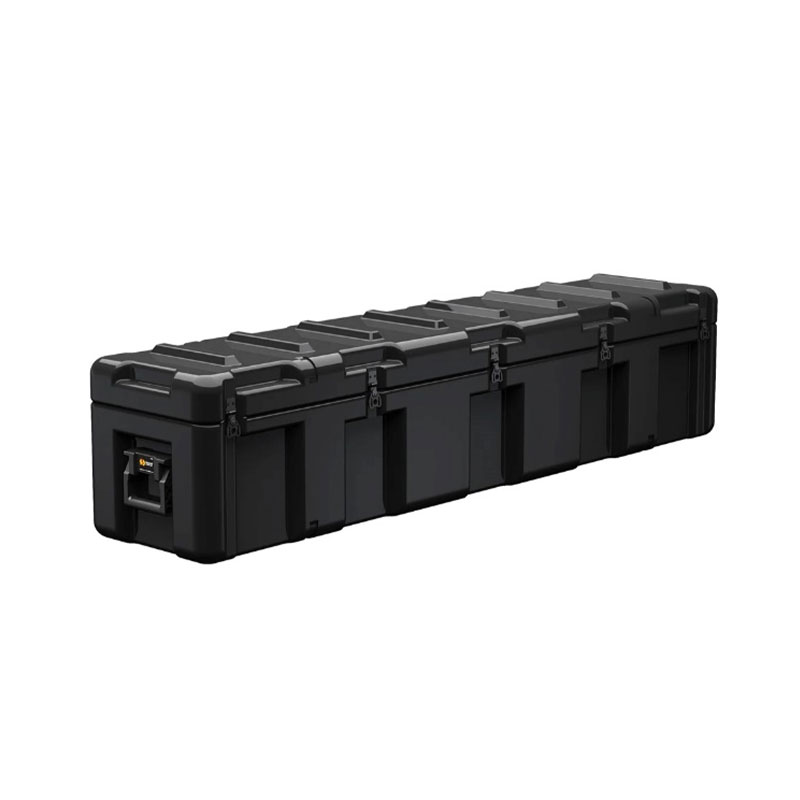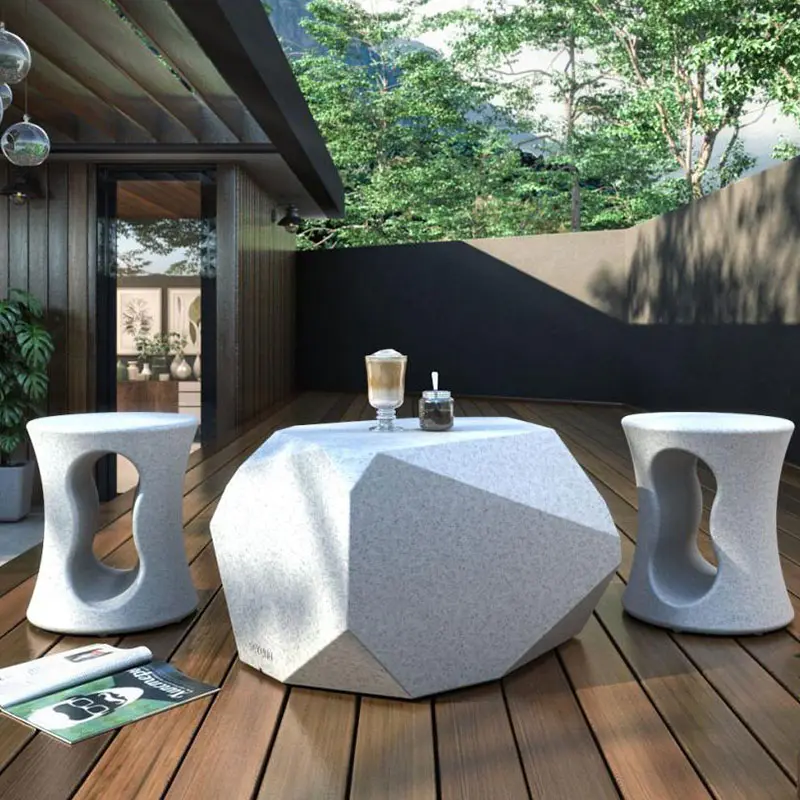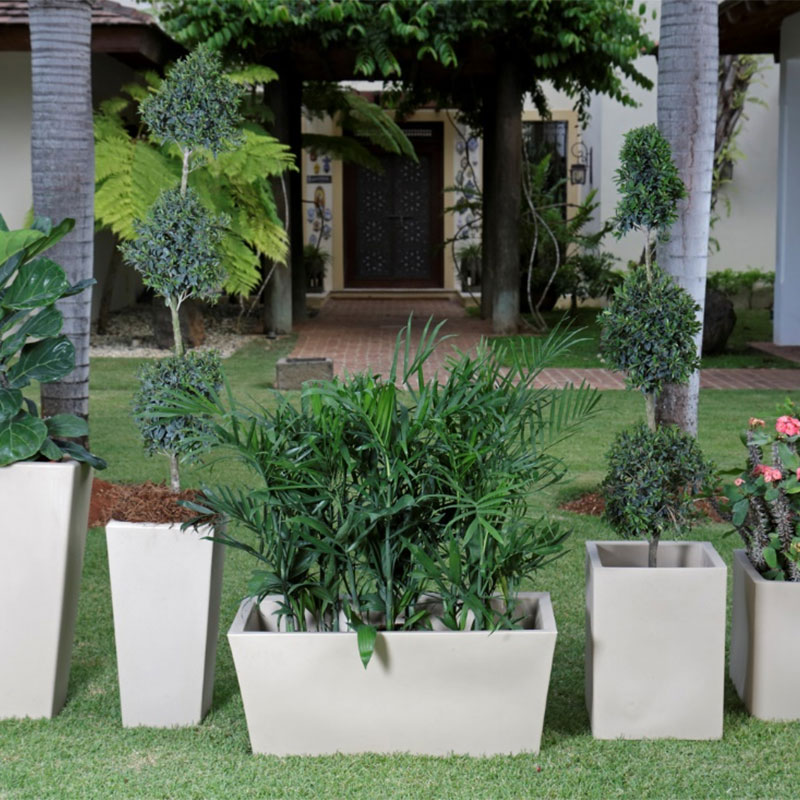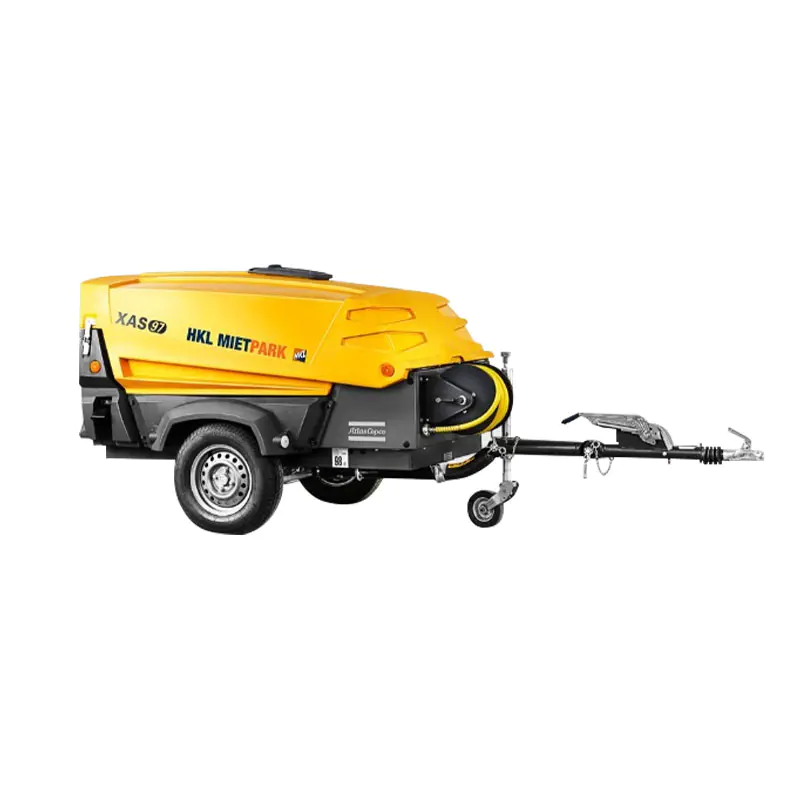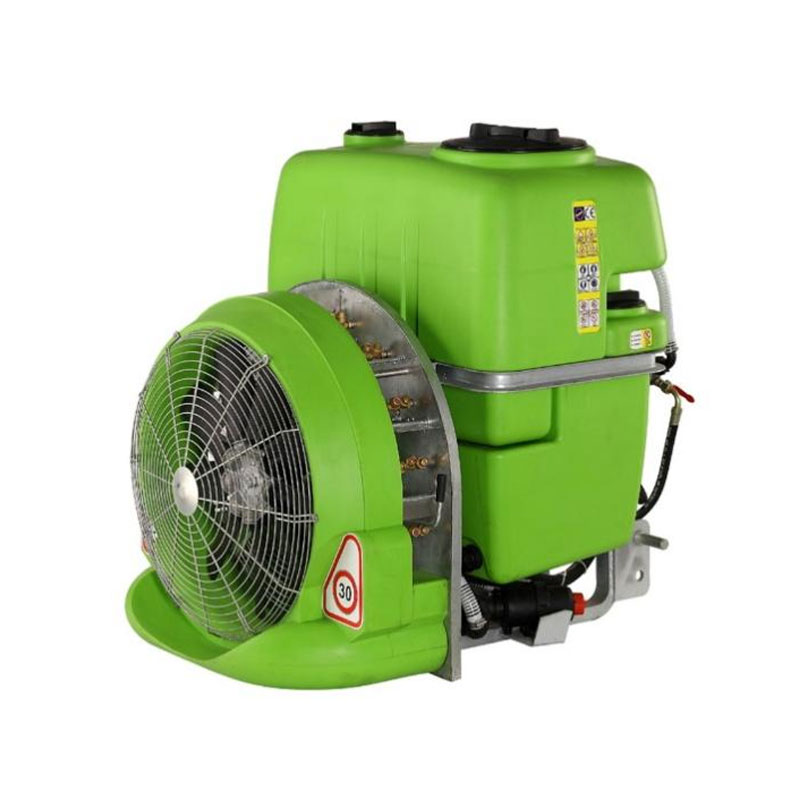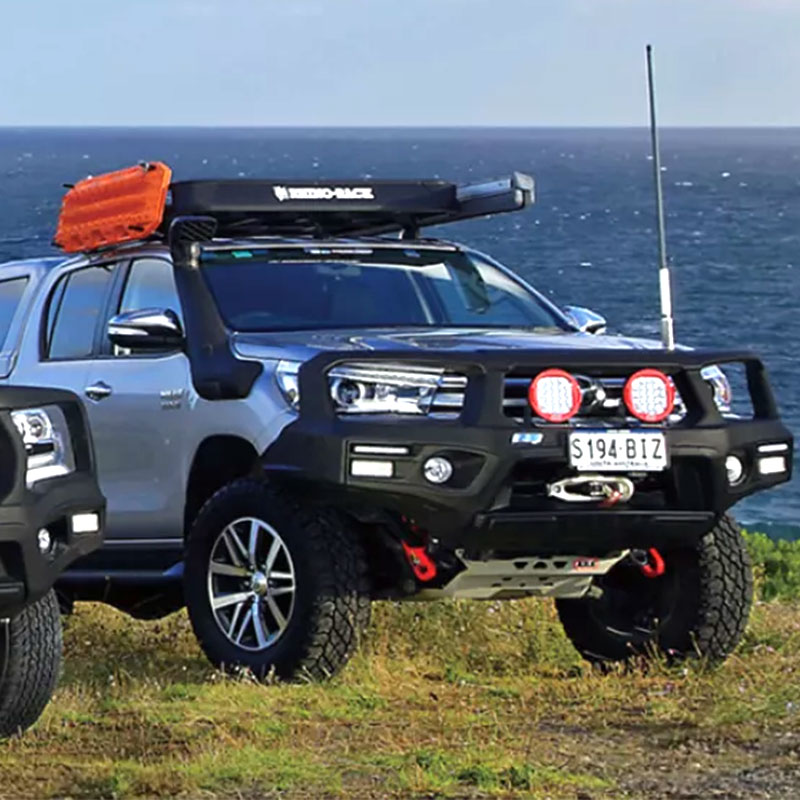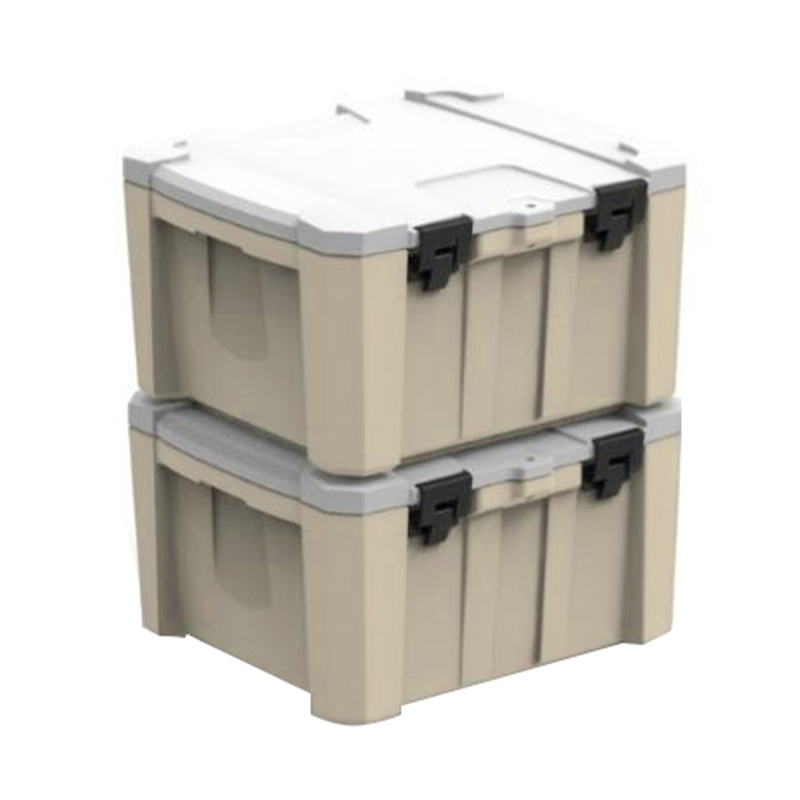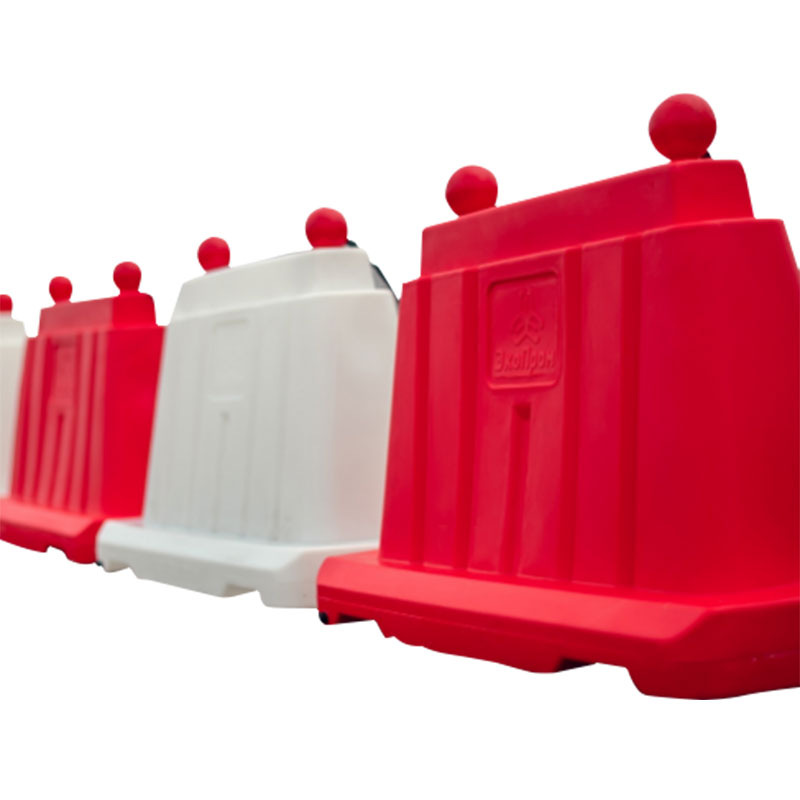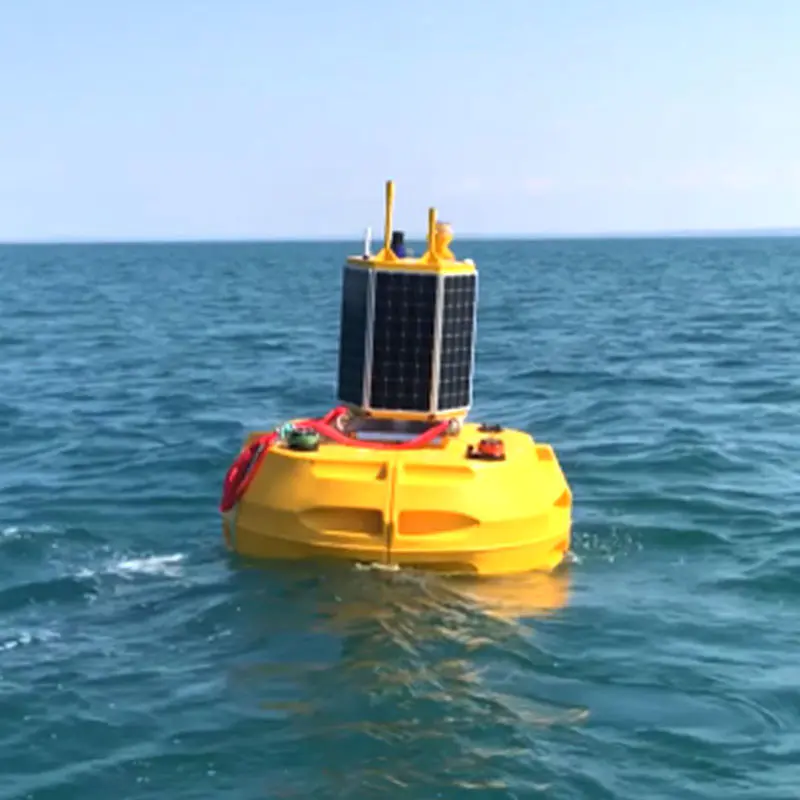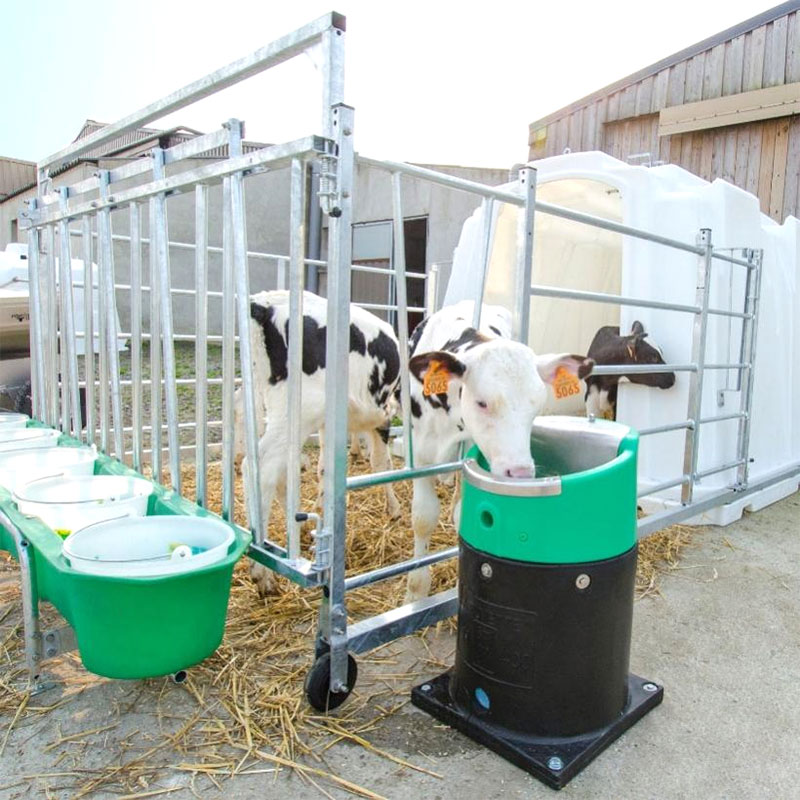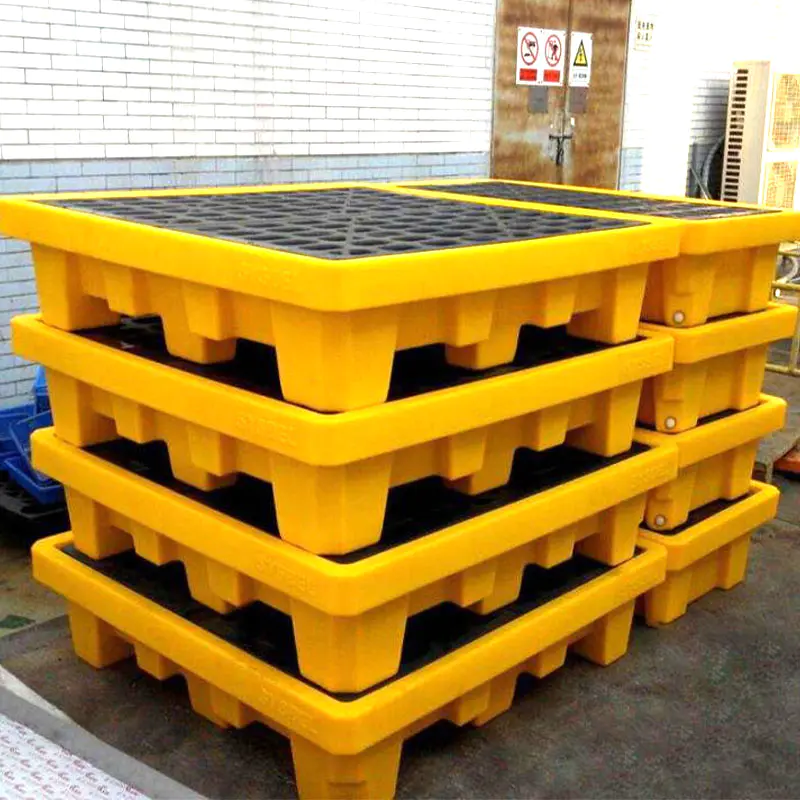In the protection system of off-road vehicles, the bumper is the first barrier to resist the impact of complex road conditions. The balance of its structural strength and weight directly affects the safety performance and handling performance of the vehicle. The off-road bumper roto-molding mold achieves precise control of wall thickness through innovative design concepts and manufacturing processes, effectively solving the problem that traditional manufacturing methods are difficult to balance protection performance and lightweight.
The wall thickness control of roto-molding molds is based on the precise control of the plastic molding process. In the roto-molding process, after the plastic powder is placed in the mold cavity, the mold rotates along multiple axes, and the external heating device heats the mold evenly. In this process, the plastic powder gradually melts and evenly adheres to the inner wall of the mold, and finally cools and solidifies to form. The mold design team can control the amount of plastic deposition in different parts of the mold through accurate calculation and optimization of parameters such as mold geometry, rotation speed, heating temperature and time, thereby achieving differentiated wall thickness design.
In the key protection areas of off-road bumpers, such as the leading edge and corners, which are extremely vulnerable to rock impact and branch scratches, the rotational mold uses a local structural reinforcement design to significantly increase the plastic wall thickness in these areas. The mold designer performs special processing on the contour of the part, increases the convexity or concaveness of the inner wall of the mold, and changes the flow path and deposition law of the plastic powder during the rotation process. When the mold rotates at high speed, the plastic powder forms a thicker accumulation layer at these special structures due to centrifugal force and gravity, thereby obtaining a thicker wall thickness after molding. This design not only enhances the impact resistance of the key parts of the bumper, but also effectively disperses the impact force in extreme off-road environments and protects the core components of the vehicle.
For weight-sensitive and less stressed areas, the rotational mold adopts the opposite design strategy. By optimizing the curvature and angle of the mold surface, the amount of plastic powder deposited in the area is reduced, thereby achieving wall thinning. For example, in the non-load-bearing area of the bumper or the hidden part connected to the vehicle chassis, the surface roughness of these areas is reduced during mold design to make the plastic powder easier to slide and avoid unnecessary accumulation. This precise wall thickness control effectively reduces the vehicle's own weight without affecting the overall structural strength and protective performance of the bumper, thereby improving fuel economy and handling flexibility.
Wall thickness control also needs to consider the characteristics of the material and the adaptability of the molding process. Commonly used roto-molding materials such as polyethylene have good fluidity and moldability, but their melting and cooling characteristics are different at different temperatures and rotation speeds. When designing the mold, it is necessary to accurately set the heating curve and rotation parameters according to the thermophysical properties of the material to ensure that the plastic can be uniformly melted and solidified in different wall thickness areas. At the same time, the temperature control system of the mold also needs to be designed in a targeted manner. Through zoned heating and cooling, the transition of the wall thickness change area is smooth to avoid stress concentration and deformation problems caused by uneven temperature.
In actual production, the wall thickness control ability of the roto-molding mold is also reflected in its rapid response to product iteration and customization needs. Designers only need to modify the local structure of the mold or adjust the process parameters to produce bumper products with different wall thickness distributions to meet the personalized needs of different off-road scenarios and users. Whether it is a professional off-road racing vehicle that pursues extreme protection, or a civilian vehicle that takes into account daily use and light off-road, the rotational molding mold can tailor a bumper with excellent performance through flexible wall thickness design.
The off-road bumper rotational molding mold realizes precise control of the bumper wall thickness through a deep understanding of the molding process and innovative design. While improving the product's protective performance, it effectively meets the market demand for lightweight and customization. This technological breakthrough not only promotes the development of off-road vehicle parts manufacturing, but also provides new ideas and directions for future lightweight and intelligent design of automobiles.

 English
English 中文简体
中文简体 русский
русский Español
Español